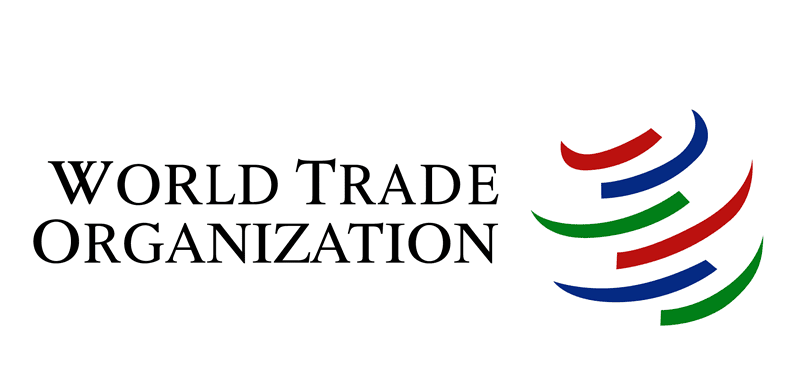The World Trade Organisation announced that global trade has continued to grow and reached over US$ 30.4 trillion in 2023, which is five times more than in 1995.
The WTO, which was formed on April 15, 1994, after the Marrakesh Agreement, observed that between 1995 and 2023, global trade in goods and commercial services increased by an average of 5.8 per cent per year.
Trade in commercial services saw an average annual increase of 6.8 per cent, while goods trade increased by an average of 5.5 per cent between 1995 and 2023.
The report highlighted that world trade grew faster than global gross domestic product, with the global trade-to-GDP ratio rising from 20 per cent in 1995 to 31 per cent in 2022, and then falling back to 29 per cent in 2023.
The report stated that tariffs have significantly reduced under the WTO, contributing to lower trade costs.
The report also indicated that the growth of trade has led to a substantial decrease in global poverty, demonstrating the positive impact of trade on economic development and people’s lives.
The WTO emphasized that the 30 years since its establishment have brought in a new era of trade and economic growth.
The report highlighted the growing interconnectedness of economies through trade, despite setbacks during the global financial crisis of 2008-09 and the COVID-19 pandemic in 2020.
The share of services in trade, particularly digitally delivered services, is expanding.
In the past three decades, there has been an increasing share of services in global trade.
The WTO, established 30 years ago to replace the General Agreement on Tariffs and Trade (GATT), primarily focused on trade in goods.
The objective of the WTO was to create a new global order based on openness, inclusivity, and cooperation.
The WTO also encompasses trade in services and intellectual property, aiming to assist its members in using trade to raise living standards, create jobs, and enhance people’s lives.
According to WTO economists, the volume of world merchandise trade is expected to increase by 2.6 per cent in 2024 and 3.3 per cent in 2025 after a 1.2 per cent decline in 2023.
Ngozi Okonjo-Iweala, the Director-General of the WTO, expressed optimism about global trade recovery, emphasizing the importance of resilient supply chains and a strong multilateral trading framework.
The WTO's latest estimates revealed that the services share of global trade in 2022 was approximately 42 per cent, including mode 3 services trade.
The WTO's estimates showed that digitally delivered services have seen a fourfold increase in value since 2005, growing by an average of 8.2 per cent annually from 2005 to 2023, surpassing the growth rates of goods and other service exports.
The report said that the global exports of digitally delivered services reached US$ 4.25tn in 2023, increasing by 9.0 per cent compared to the previous year. Digitally delivered services include those traded across borders through computer networks like the internet, mobile apps, emails, voice and video calls. This also includes services traded through digital intermediation platforms like those used for online gaming, music and video streaming, and remote learning.
The report indicated that between 1995 and 2020, international trade costs, including all physical and regulatory trade barriers, declined by approximately 6 to 10 per cent across various sectors globally.
It was mentioned that digitally delivered services made up over 54 per cent of total services exports and 13.8 per cent of total combined exports of goods and services in 2023. This is compared to 8 per cent in 2005.
In the past three decades, the rapid economic growth facilitated by trade in developing and emerging economies has significantly changed trade patterns, with a notable increase in global trade between developing economies.
The report declared that trade between developing economies expanded at a rate of 9.7 per cent per year, increasing from less than a tenth of global trade in 1995 to nearly 25 per cent by 2022, reaching a total value of US$ 6.1 trillion.
According to WTO, while trade between developed economies made up over half of global trade in 1995, by 2022 this proportion had decreased to 39 per cent, indicating a relative shift in trade flows towards developing and emerging economies.
It added that global value chains have shown resilience during this period, increasing steadily between 1995 and 2022.
The total GVC participation rate (comprising both forward and backward participation) reached 48.7 per cent in 2022, marking the highest level since 1995.
There has been a noticeable decrease in tariffs since the WTO was established in 1995.
Between 1996 and 2022, the trade-weighted average of applied tariffs, based on the assumption of full utilisation of preferential tariffs, decreased from 6.9 per cent to 2.0 per cent,
The trade organisation recently revealed that global goods trade is expected to gradually recover this year after a contraction in 2023 due to high energy prices and inflation.



